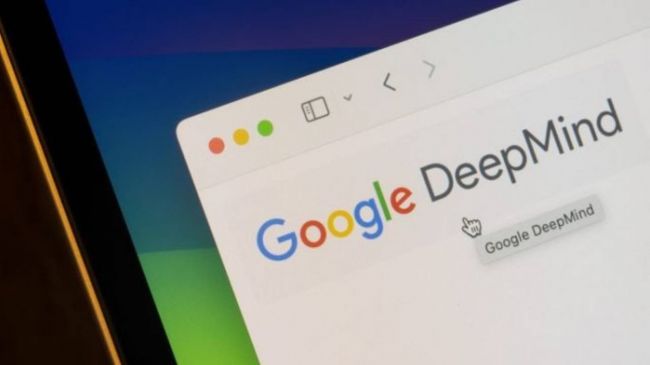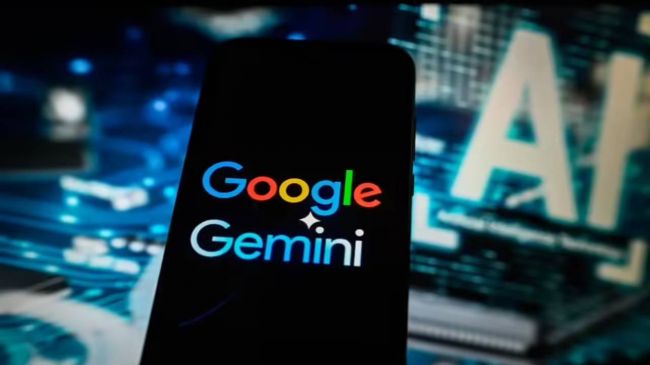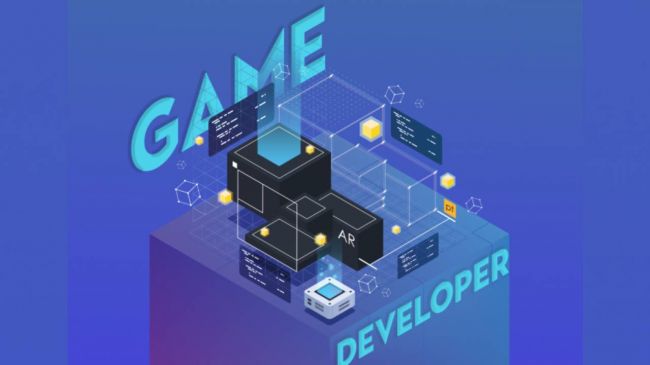On This Page
- What Is “Study Together” and Where Is It Showing Up?
- Two Learning Modes Under Testing
- Why OpenAI Is Moving in This Direction
- How It Could Help Students—and Solve Ethical Concerns
- What Users Are Saying
- Current Status: Limited Access and No Official Rollout
- What It Could Mean for the Future of ChatGPT
- FAQs
OpenAI is quietly piloting a new tool inside ChatGPT called “Study Together”, aimed at reshaping how users interact with the chatbot for educational purposes. Unlike the traditional model, where ChatGPT simply answers questions, this new feature encourages users to learn by thinking through topics interactively—a major philosophical shift for AI-powered study tools.
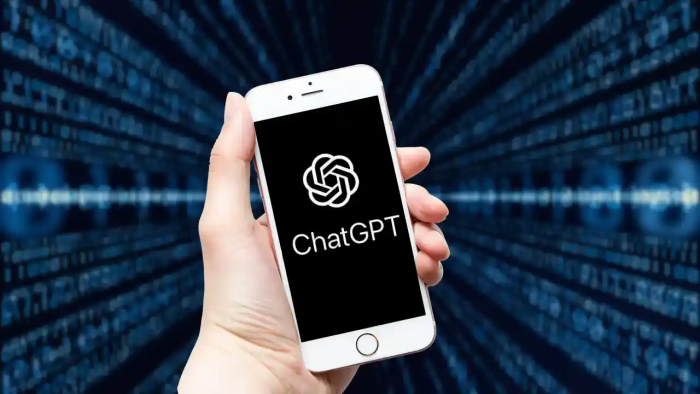
What Is “Study Together” and Where Is It Showing Up?
First spotted by users on Reddit and confirmed by multiple outlets, including TechCrunch and Digit, the feature appears in the tools section of the ChatGPT interface, currently visible only to a small batch of users, likely part of an A/B test. Though not yet active in many accounts, the tool has sparked curiosity because of its unique positioning as a collaborative or tutor-like mode.
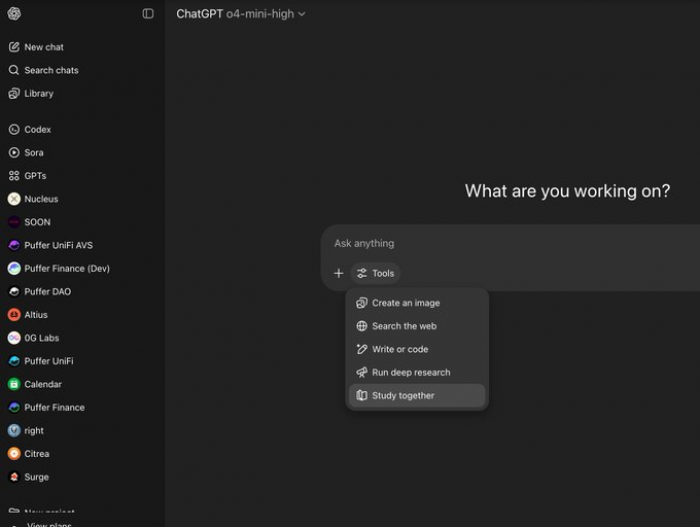
Two Learning Modes Under Testing
According to reports and user leaks:
- Solo Learning Mode: This acts like an AI tutor that prompts users with questions, breaking concepts down into manageable parts. Rather than giving answers directly, ChatGPT acts like a Socratic coach—asking, guiding, and reinforcing understanding.
- Group Study Mode (Unconfirmed): There are hints of a collaborative format that could allow multiple users to study together using the same AI assistant in a shared space. This is still speculative, but code-based leaks and UI placements suggest something beyond one-on-one chat may be coming.
Why OpenAI Is Moving in This Direction
The launch of “Study Together” coincides with growing global interest in active learning, where students learn more effectively by participating in their own knowledge construction instead of passive absorption. Google recently debuted LearnLM, and Meta has also teased AI learning assistants. OpenAI’s move appears to keep pace with this trend.
What makes “Study Together” different is how it leans toward constructivist learning principles, which emphasize reflection, questioning, and concept building over rote memorization or spoon-fed answers.
How It Could Help Students—and Solve Ethical Concerns
ChatGPT is already widely used for school and college help, but it’s also been criticized for facilitating academic dishonesty. This new mode may be OpenAI’s way of pivoting toward ethical AI tutoring, where the bot’s role is to support critical thinking rather than provide direct solutions.
Educators may also benefit: if developed further, the feature could offer guided lesson plans, live feedback loops, or group discussion moderation, currently missing from static EdTech platforms.
What Users Are Saying
On Reddit and OpenAI forums:
“It’s like being quizzed by a smart teacher. Instead of answers, it asks me things until I get it.”
“If this group study mode works, it could replace Discord study channels overnight.”
However, others report that even with the toggle showing up in their interface, clicking it doesn’t do anything yet — signaling that most of the feature is still under wraps.
Current Status: Limited Access and No Official Rollout
OpenAI hasn’t issued a public statement or roadmap for “Study Together.” It’s likely part of limited internal testing for ChatGPT Plus users or those in experimental groups. The timing aligns with GPT-5’s behind-the-scenes development, hinting that this may be part of broader education-focused offerings.
What It Could Mean for the Future of ChatGPT
If successful, “Study Together” could transform ChatGPT from a reactive assistant to an interactive study coach—a move that might redefine how learners use AI in classrooms, homes, and workplaces. Combined with other features like custom instructions and memory, this makes ChatGPT increasingly tailored to personalized, process-oriented learning.
FAQs
Is “Study Together” available to all users?
No, it’s only visible to some users for now, and even among them, functionality is inconsistent.
Can users study in groups with others?
Not yet confirmed. A multi-user study mode is rumored, but no official details exist.
Will this be part of GPT-5?
Possibly. OpenAI hasn’t confirmed this, but the feature aligns with the expected interactivity of future GPT models.
Post Comment
Be the first to post comment!
